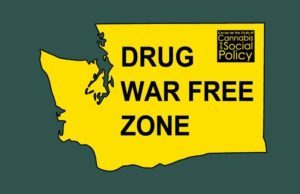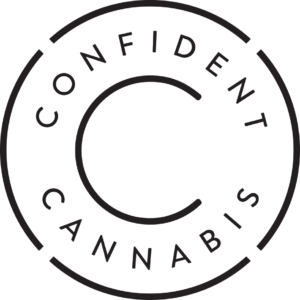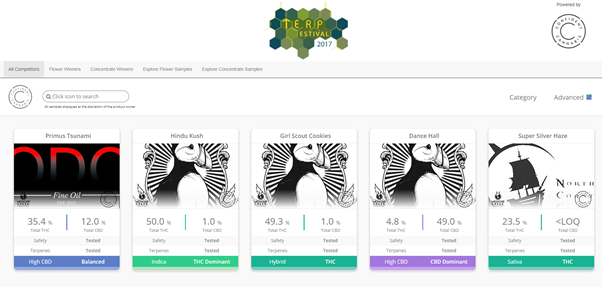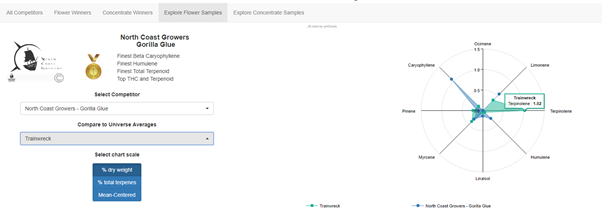by Dominic Corva, Social Science Research Director
Yesterday I introduced a trailhead to exploring how cannabis markets and policy help shape each other. My academic friends should recognize this as a “theoretical framework” — a technique for building a model of the world so we can understand and intervene in it.
It’s a “political economy” model, which is to say that it requires the technique user — the analyst — to consider how power in society shapes and is shaped by how we mobilize resources and make livelihoods. It’s distinct especially from economic science models of the world that assume everything is happening because of rational choice and marginal utility, models I learned to get my undergraduate degree in Economics.
It’s also distinct from political science models of the world that assume that the State has everyone’s best interests in mind when they make law and policy, and that there is a clear distinction between the security of its citizens and the security of its citizen’s enemies.
My audience is not terribly academic, anymore. But it is important for you to understand how my model of the world informs my model of cannabis and the world. Like most academic approaches, I have to balance analytical rigor with just how much I want my explanations to mean something, to have an effect on how people think and act in the world. I want to pick battles I can win, rather than just be right and feel good about it.
This is especially difficult when it comes to addressing the concerns of people who make laws, who make policy. Their models of the world simply do not reflect the realities of cannabis markets and policy that I understand from mine. Incommensurable ontologies, really. They do not understand how long this has been going on, they do not understand where the compulsion to prohibit comes from, or who is being prohibited; most importantly they do not accept a model of society that says ours has been at war with itself, a real war with millions of lives lost to what is clearly a dangerous and anti-peace security-industrial complex, in my model of the world.
The problem is not with what they know, it’s how they know it. Their model of the world looks at the drug war as a metaphor, not a reality. Their model of the world thinks that the dangerousness of prohibited drugs is historically given, and comes from rational choices made by in good faith by representatives of the public will. Their model of the world thinks we only need to reduce the harm of drugs, rather than considering the harm of intrasocietal warfare as the cause not only of drug harms (which do exist, part of a larger social problem called overconsumption) but of Bad Things that have nothing to do with drug harms, like making perpetual war a condition for economic health.
Is it too much to say the problem here is a total lack of common ground in our models of the world? Think about it: to truly end the war on drugs, for the reasons that reflect reality rather than politics, our politicians and policymakers would have to admit that our prohibition laws and criminal justice policy don’t belong in a model of the world that assumes we are getting better all the time at everything — that Modernity is stamping out Barbarism, always making us safer rather than introducing new ways to destroy ourselves at every turn. That we are heirs to an Enlightenment tradition. That our instinct to help the vulnerable among us can be appropriated by good people acting in good faith. That Good and Evil have been worked out and that our institutions are designed an operated to make things better instead of worse.
The contemporary situation of cannabis legalization illustrates this concept in its own very specific way, and because it affects such a tiny segment of a population that is suffering from so many other ways in which the Modernity is a fable, rather than a story, of progress and Enlightenment, that it appears we must go backwards to go forward. The radical nature of successful cannabis legalization initiatives is being appropriated by politicians and economic interests who have no compulsion to seriously assess what has gone wrong and how to fix it.
It varies from state to state, but so far the promise of cannabis legalization as a strategy for ending the drug war is quickly replaced by political interests still obsessed with the scientifically baseless assumed harm of cannabis itself, that requires reforming our laws and policy to reflect a kinder, gentler war on plants and the people whose livelihoods have been one long act of civil disobedience, on the one hand; and autonomous from the ravages of the racial and class warfare on the other.
State legalization initiatives are absolutely revolutionary with respect this country’s political order, where the Controlled Substances Act centralizes Federal authority over State and Local freedom to decide when and where to exercise its prerogative on violence against its population.
In every case, though, State legislatures are reconfiguring the the legitimacy of prohibition rather than making peace with a plant that has been, in human history, one of the safest therapeutic substances known to man. It’s clear at this point that after a medical marijuana era defined by policy demobilization, the legal marijuana era will be defined by increased moral panic about cannabis production and consumption that colors outside the incredibly restrictive barriers to access put up by legal frameworks. Ask the Hmong communities of Northern California how this makes sense.
What to do, and what battles to pick? It depends on your model of the world, not just your model of how great cannabis is for public revenue and corporate coffers. The latter can be productive strategies for appealing to a politicians and populations invested in maintaining the current political and economic order — people who think yeah, some bad things are happening, but the assumptions we have don’t need to be fundamentally challenged, merely improved and reformed.
In my model of the world, this approach nurtures a security-industrial complex that is destroying most of us, for the profit of a few and the political careers of many. And it does so not because of Evil people doing Evil things (though there is that), but because of totally normal people trying to help. But because their model of the world can’t accommodate historical or present reality — or only partially accommodates reality — the more they help, the more money capital takes over from the culture warriors as what props up prohibition.
What we are looking at here, folks, is the continuity of prohibition instead of its end. The urge to punish and stigmatize certain populations gets rewired, retrofitted into the reproduction of the present order of things. An honest political economy model presents some challenge to this Social Problem.








